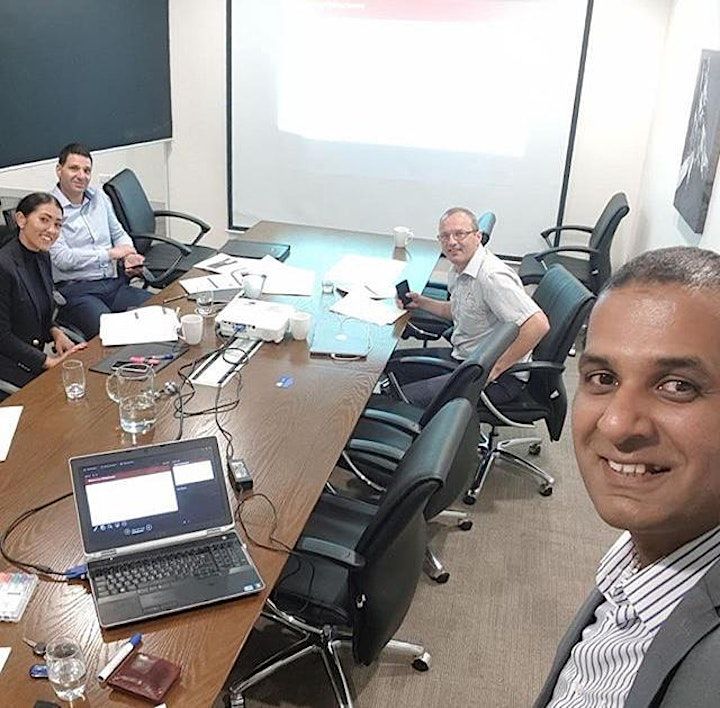
About this Event
Certificate: None Language: English
Duration: 3 Days Credits: 24
Course Delivery: Classroom/ Virtual/ Onsite
Course Overview:
Beyond a solid knowledge in using Java components, even for experienced Java programmers it is essential to have a deep knowledge in Web-related vulnerabilities both on server and client side, the different vulnerabilities that are relevant for Web applications written in Java, and the consequences of the various risks.
General web-based vulnerabilities are demonstrated through presenting the relevant attacks, while the recommended coding techniques and mitigation methods are explained in the context of Java with the most important aim to avoid the associated problems. In addition, a special focus is given to client-side security; tackling security issues of JavaScript, Ajax and HTML5.
The course introduces security components of Standard Java Edition, which is preceded with the foundations of cryptography, providing a common baseline for understanding the purpose and the operation of the applicable components. The use of all components is presented through practical exercises, where participants can try out the discussed APIs and tools for themselves.
Finally, the course explains the most frequent and severe programming flaws of the Java language and platform. Besides the typical bugs committed by Java programmers, the course introduces security vulnerabilities covering both language-specific issues and problems stemming from the runtime environment. All vulnerabilities and the relevant attacks are demonstrated through easy-to-understand exercises, followed by the recommended coding guidelines and the possible mitigation techniques.
Learning Objectives:
Individuals certified at this level will have demonstrated:
- Understand basic concepts of security, IT security, cryptography and secure coding
- Learn Web vulnerabilities beyond OWASP Top Ten and know how to avoid them
- Learn client-side vulnerabilities and secure coding practices
- Learn to use various security features of the Java development environment
- Get information about some recent vulnerabilities in Java framework
- Learn about typical coding mistakes and how to avoid them
- Get sources and further reading on secure coding practices
Prerequisites:
None
Course Materials:
Students will receive a course manual with presentation slides and reference materials.
Examination:
No Exam
Agenda:
IT security and secure coding
- Nature of security
- IT security related terms
- Definition of risk
- Different aspects of IT security
- Requirements of different application areas
- IT security vs. secure coding
- From vulnerabilities to botnets and cybercrime
- Classification of security flaws
Web application vulnerabilities
- SQL Injection
- Other injection flaws
- Cross-Site Scripting (XSS)
- Broken authentication and session management
- Cross Site Request Forgery (CSRF)
- Insecure direct object reference
- Unvalidated file upload
- Security misconfiguration
- Failure to restrict URL access
- Transport layer security issues
- Unvalidated redirects and forwards
Client-side security
- JavaScript security
- Ajax security
- HTML5 Security
Foundations of Java security
- The Java environment
- Java security
- Low-level security – the Java language
- High-level security – access control
Basics of cryptography
- Cryptosystems
- Symmetric-key cryptography
- Other cryptographic algorithms
- Asymmetric (public-key) cryptography
- Public Key Infrastructure (PKI)
Java security services
- Java security services – architecture
- Authentication and authorization
- Cryptographic services
- Secure communication
Java specific vulnerabilities
- Input validation
- Improper use of security features
- Improper error and exception handling
- Time and state problems
- Code quality problems
- Mobile code
Using security testing tools
- Web vulnerability scanners
- SQL injection tools
- Static code analysis
Knowledge sources
- Secure coding sources – a starter kit
- Vulnerability databases
Target Audience:
Web developers using Java
Technical Requirements:
For eBooks:
Internet for downloading the eBook
Laptop, tablet, Smartphone, eReader (No Kindle)
Adobe DRM supported software (e.g. Digital Editions, Bluefire Reader)
eBook download and activation instructions
Note:
However, catering to the demands of busy professionals, our virtual training programs are as effective as face-to-face learning. Reach us at [email protected] for dates and details of Instructor Led Live Virtual Sessions.
If you would like to get this course customized and delivered exclusively for your group, we have an On-Site Training Option, you can reach us at [email protected] for more details about on-site or corporate training.
Offers:
Groups of 3 people 10% Discount
Groups of 5 people 15% Discount
Groups of 10 people 20% Discount





























Event Venue & Nearby Stays
For venue details reach us at: [email protected], +1 469 666 9332, Jacksonville, United States
USD 1695.00 to USD 1995.00
